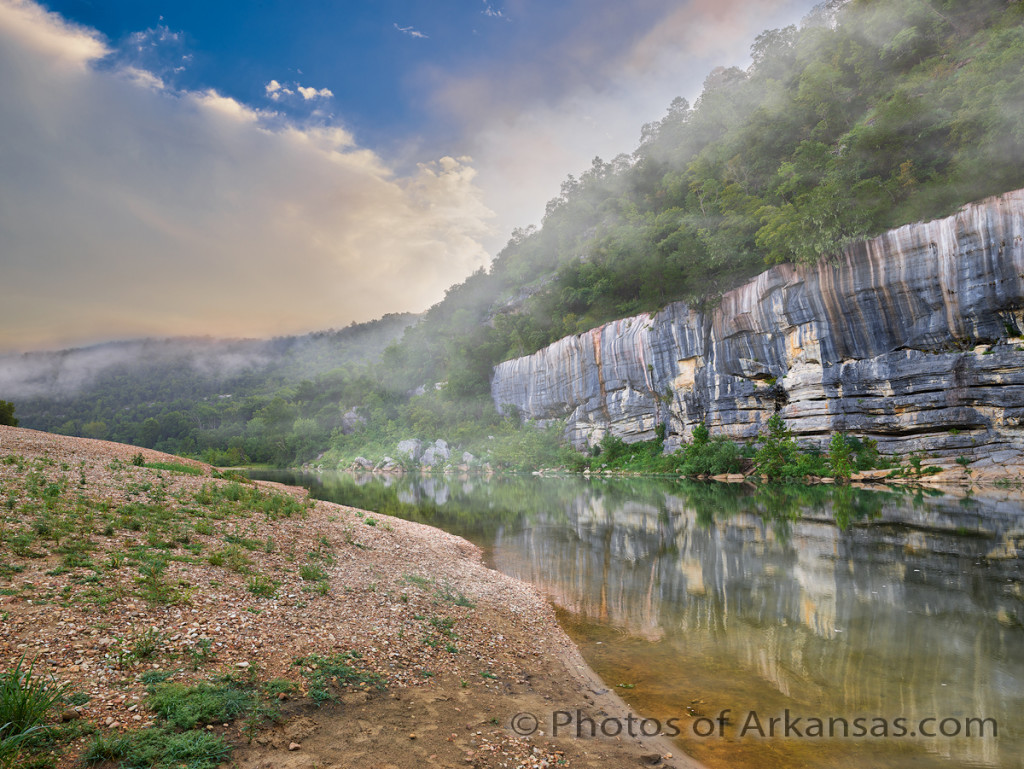
Early mornings are some of the best times to photograph the Buffalo River. This is from Buffalo Point.
I am starting to get a better feel for the Phase One IQ100 and just where the dynamic range of this amazing digital back performs. You can read a lot more this in a new article I just published over on photosofarkansas. This article covers some discoveries I have made in regards to handling both shadow details and recovery of highlights. You can read more about it here.
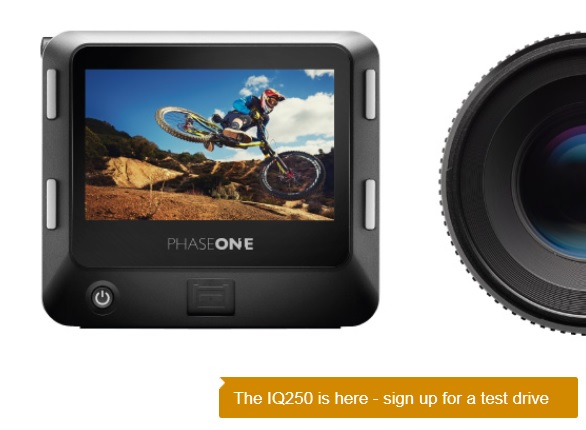
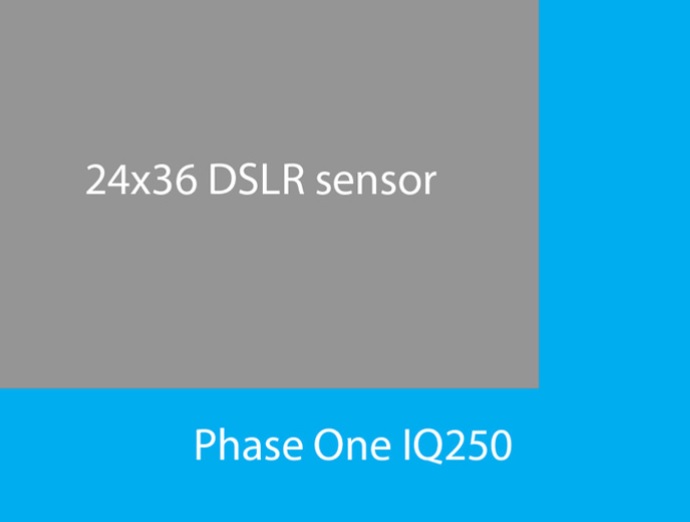

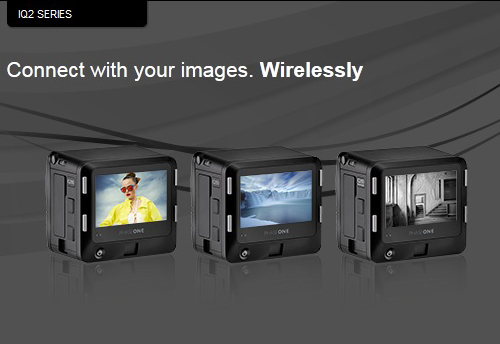

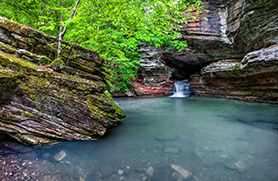
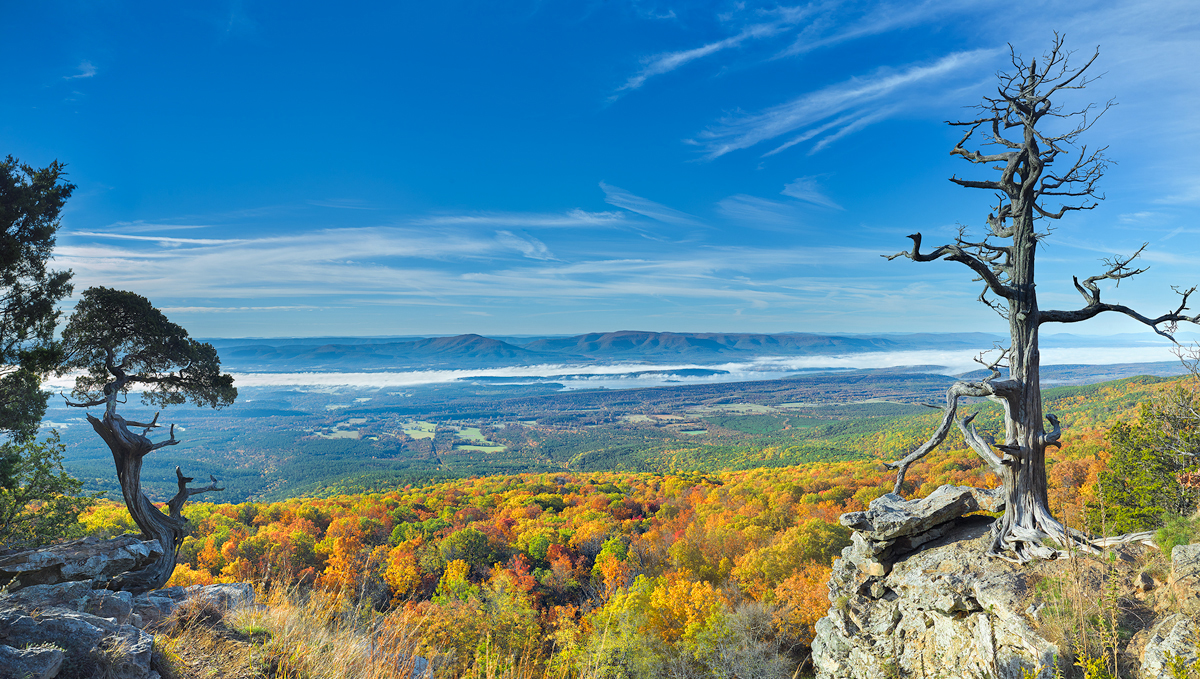
Recent Comments